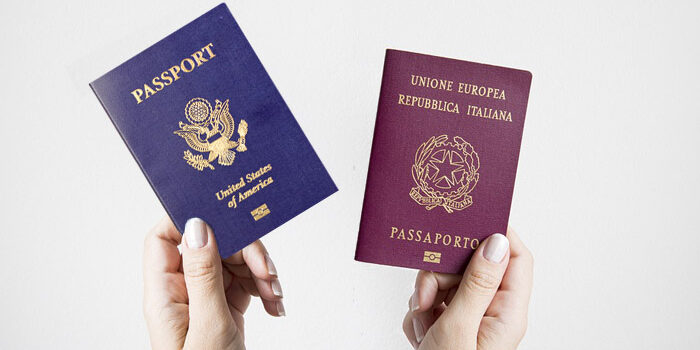
Unlocking Italian Dual Citizenship: Your Step-by-Step Guide
Obtaining dual citizenship is a process that enriches one on many levels: socially, personally, and pragmatically. If you look forward to tracing your Italian origin, considering the rights and privileges of European Union membership, or are just desirous of leading an Italian-style life,several channels are open. In the Laws regulating citizenship, Italy permits people through ancestry, marriage, residency, birth, or investment. Every route is different and has its individualities in terms of the approach and steps to be taken, primarily due to Italy’s legal and historical heritage.
Here’s how to get dual citizenship in Italy:
Jus sanguinis or citizenship by descent
There is also the possibility of Italian citizenship based on blood rights or the ability to provide a document that proves Italian heritage. This is the most common avenue when an individual has an Italian connection or origin. The tests involve documenting a continuous, direct line to an Italian ancestor who was alive after the unification of Italy in 1861 and proving that this ancestor did not renounce Italian citizenship while they were alive and before the birth of the next person in the line.
Steps and Requirements
– Obtain certified copies of every family member’s birth, marriage, and death certificates for at least three generations of the direct line to the Italian ancestor.
– In other words, the Onus Probandi principle of Italian law also requires the applicant to disprove that any of their antecedents had relinquished Italian citizenship before the birth of the next inheritor.
– In this case, one has to apply for the visa at the consulate of the Italian Republic in your area of residence, or it is recommended that you apply in Italy as the process takes a shorter time.
– The process can take a considerable amount of time and paperwork to make a non-Italian document compliant with the requirements of the Italian legal system: copies have to be certified, and many documents must be submitted in the original language accompanied by an apostille.
Citizenship by Marriage
Marriage with an Italian citizen is another way to obtain a spouse’s citizenship. Preparatory courses are accessible, and this path is available if the couple lives in Italy or abroad, although the residence requirements vary.
Steps and Requirements
– Some stipulations include that marriage registration should have been legal in Italy.
– According to the marriage law in Italy, the non-Italian partner can apply for citizenship right from the two years after they have wedded. Where the couple resides in a foreign country, it may take three years to process a visa.
– These periods can be halved if the couple has children since they also have to cater to the children’s needs.
– In other words, it is required to provide sufficient evidence of the applicant’s Italian language ability no lower than B1 level per the CEFR.
– Form of marriage, letter of employing company supporting the marriage, proof of continued residence in the scheduled country/territory, records of criminal record check.
Citizenship by Residency (Naturalization)
Italy naturalization: their observations pertain to people who have legally resided in the country for several years and can apply for citizenship. These periods may differ depending on an applicant’s age; the minimum stay requirements also vary depending on the applicant’s nationality.
Steps and Requirements
– There is only one remaining challenge that EU citizens must be in Italy, which must be for a minimum period of four consecutive years.
– In general, to be naturalized as an Italian, one has to have a legal residency in the country for not less than ten years in a continuous manner and be of non-EU origin.
– Indefinitely staying asylum seekers and those who have no right to citizenship may be granted EU citizenship on condition of continuous residential presence in the state for not less than five years.
– Every prospective immigrant shall demonstrate that he or she is integrated into Italy. Among other requirements are the language spoken, Italian, and one’s ability to financially care forhimself.
– It also needs the applicant to be of good conduct. For instance, they should not have a criminal record; proof of residence is also necessary.
Citizenship by Birth and the Citizenship by Adoption.
Such persons include people born in Italy but of another nationality and have legal residence in Italy legally for a specified duration of 18 years of age.
Steps and Requirements
– The individual has to be born in Italy, though they don’t need to be born to Italian parents.
– It stated that they have been living legally in Italy since birth.
– After such a minor reaches the age of 18, he needs to apply within one year to get the documents that grant him Italian citizenship.
If adopted children are below the legal age of 18 and are adopted by Italian citizens, they become citizens by natural law.
Final Thoughts
Havingthe desire and aiming at acquiring Italian dual citizenship is meaningful, as well as the benefits that being an Italian can provide for a person. It also means a chance to be a part of one amazing culture and several rights in the European Union. In a dry process or by origin, marriage, residence, or investment, all the road maps are thorough, and every step must follow legal procedures. The process may be rather rigorous when the applicants need to provide documentation that they are related to the Italians or wish to become members of that society.





